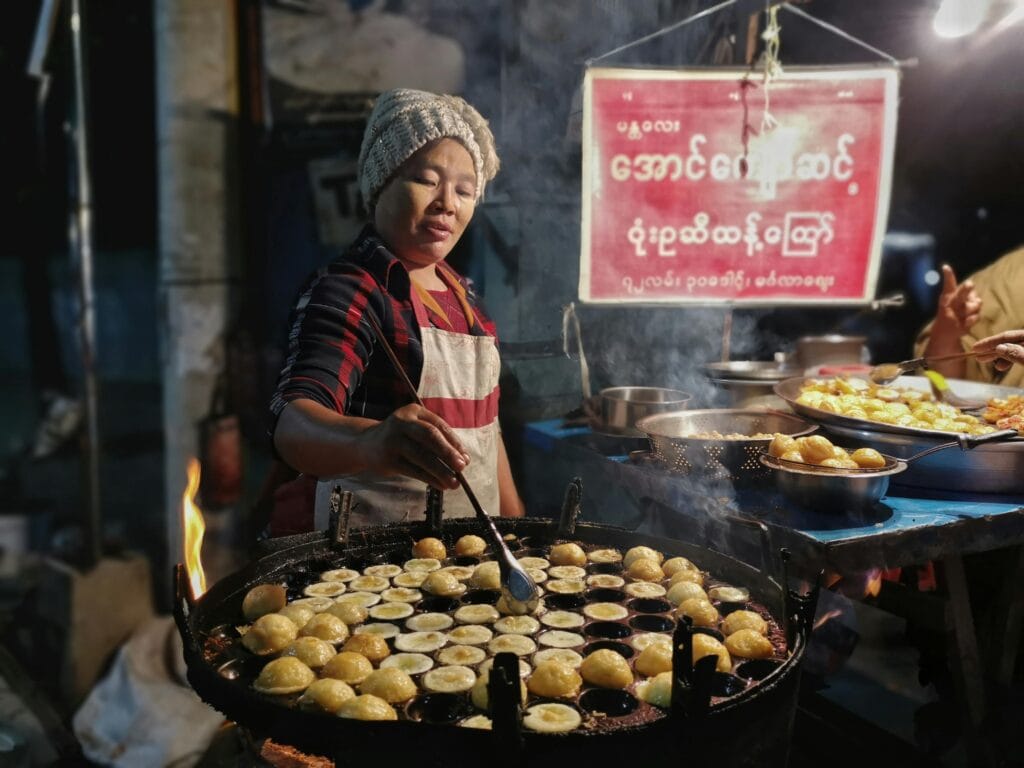Taste isn’t just genetic, it’s deeply cultural. While our individual preferences may be influenced by genes (like the 25 bitter taste receptors identified in Fox’s 1932 research), our broader understanding of what tastes ‘good’ is shaped by the world around us.
Culture teaches us how to taste. As Gheraldi, Mandag, and Earn (2009) note, taste is a social practice. It’s something we learn by experiencing and sharing meals, not something passively inherited.
Flavor pairings are one example. In Western cuisines, sweet and savory often go hand in hand (think maple bacon or salted caramel). In many Asian cuisines, the goal is balance. Dishes often contain sweet, salty, sour, and spicy elements all at once.
Local ingredients also play a role in shaping taste. Olive oil is central to Mediterranean cuisine, while turmeric and cumin form the aromatic base of many South Asian dishes. Even preparation methods impact flavor: Western cooking often involves high-heat roasting for crispy, caramelized textures, while Asian techniques like steaming and stir-frying produce more delicate, nuanced results (Chloe, 2023).
In the end, taste is both personal and collective. It’s an evolving product of our biology, our culture, and the ingredients we grow up with.

